Italian Renaissance Identifiers (16th-15th century C.E.)
1/10
Earn XP
Description and Tags
The Italian Renaissance emphasized humanism, the revival of classical antiquity, and innovations in perspective, anatomy, and naturalism. Artists explored secular and religious themes with a focus on balance, proportion, and beauty.
Name | Mastery | Learn | Test | Matching | Spaced |
|---|
No study sessions yet.
11 Terms
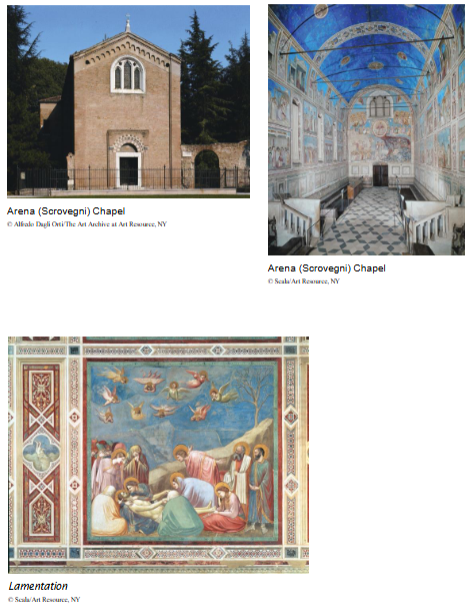
Arena Chapel (Scrovegni Chapel)
Padua, Italy. Giotto di Bondone (artist). 1303 C.E.; fresco: c. 1305 C.E. Brick (architecture) and fresco.
Giotto’s frescoes show emotional realism and naturalism, a precursor to Renaissance techniques.
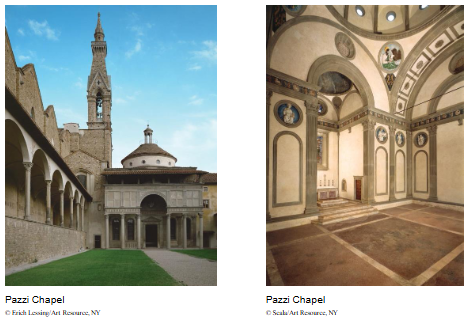
Pazzi Chapel
Basilica di Santa Croce, Florence. Filippo Brunelleschi. 1429–1461 C.E. Masonry.
Brunelleschi's use of geometry and symmetry reflects the Renaissance emphasis on classical architecture.
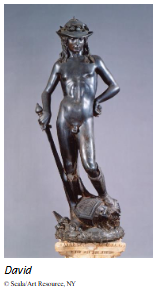
David
Donatello. c. 1440–1460 C.E. Bronze.
The revival of freestanding nude sculpture demonstrates a return to classical ideals and humanist values.
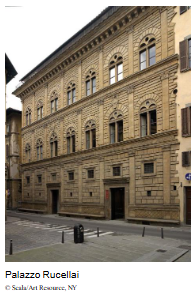
Palazzo Rucellai
Florence, Italy. Leon Battista Alberti (architect). c. 1450 C.E. Stone, masonry.
Alberti integrates classical Roman elements like pilasters and proportional designs, showing the application of Vitruvian principles.
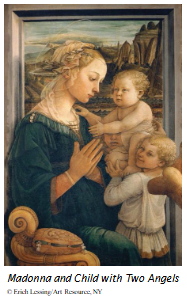
Madonna and Child with Two Angels
Fra Filippo Lippi. c. 1465 C.E. Tempera on wood.
Fra Filippo Lippi combines religious imagery with soft naturalism and a human connection, characteristic of Renaissance humanism.
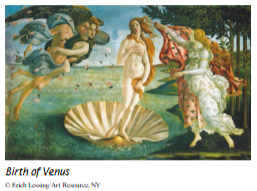
Birth of Venus
Sandro Botticelli. c. 1484–1486 C.E. Tempera on canvas.
Botticelli's mythological subject and elegant figures reflect a blending of classical ideals with Renaissance aesthetic beauty.
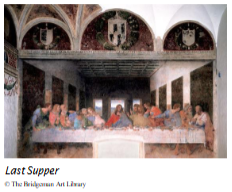
Last Supper
Leonardo da Vinci. c. 1494-1498 C.E. Oil and tempera.
Leonardo da Vinci employs linear perspective and emotional depth, hallmarks of High Renaissance art.
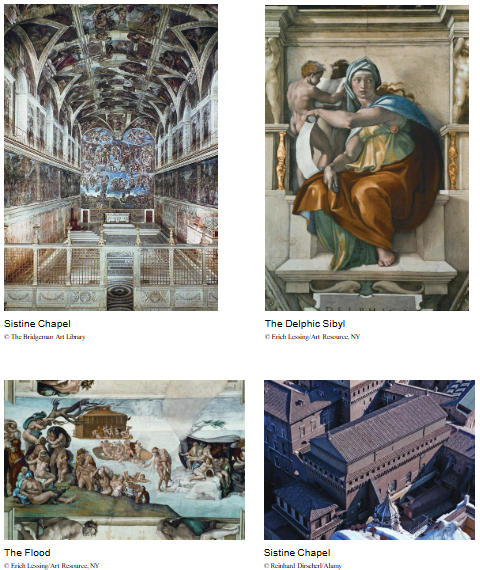
Sistine Chapel ceiling and altar wall frescoes.
Vatican City, Italy. Michelangelo. Ceiling frescoes: c. 1508-1512 C.E.; altar frescoes: c. 1536-1541 C.E.
Michelangelo’s mastery of anatomy and dynamic compositions embodies the peak of Renaissance innovation.
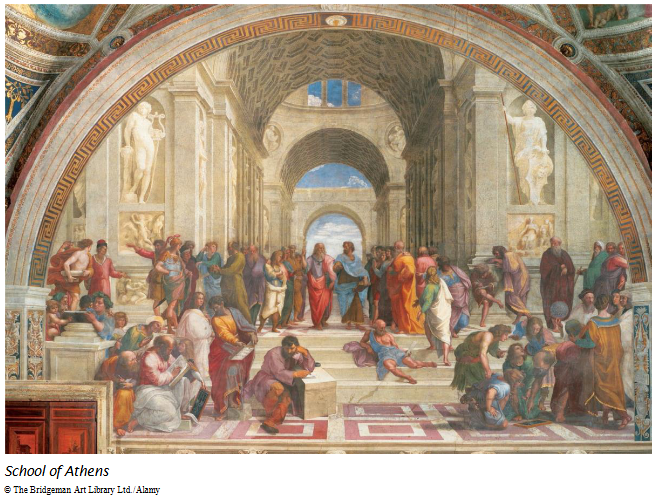
School of Athens
Raphael. 1509-1511 C.E. Fresco.
Raphael’s fresco symbolizes the intellectual achievements of the Renaissance, celebrating classical philosophy and harmony.
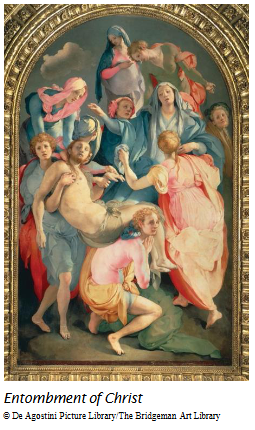
Entombment of Christ
Jacopo da Pontormo. 1525-1528 C.E. Oil on wood.
Pontormo’s use of elongated figures and emotional intensity transitions into Mannerist art.
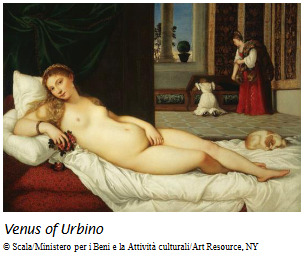
Venus of Urbino
Titian. 1538 C.E. Oil on canvas.
Titian’s sensual portrayal of Venus showcases the Venetian focus on color, light, and human beauty.